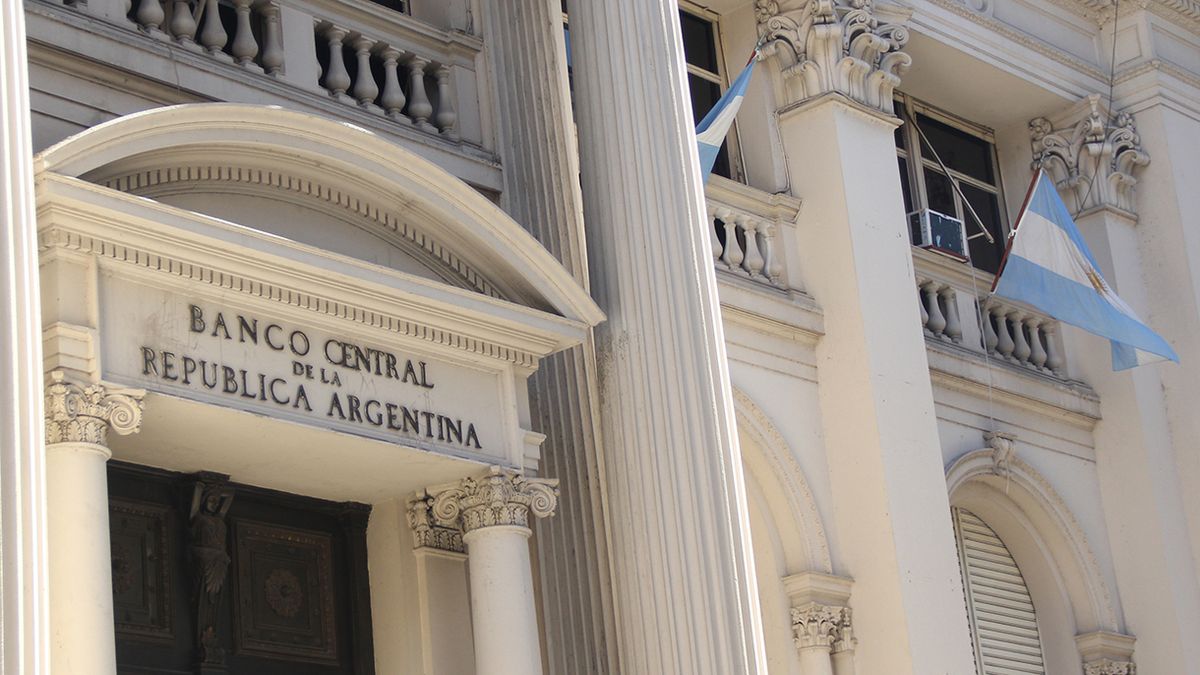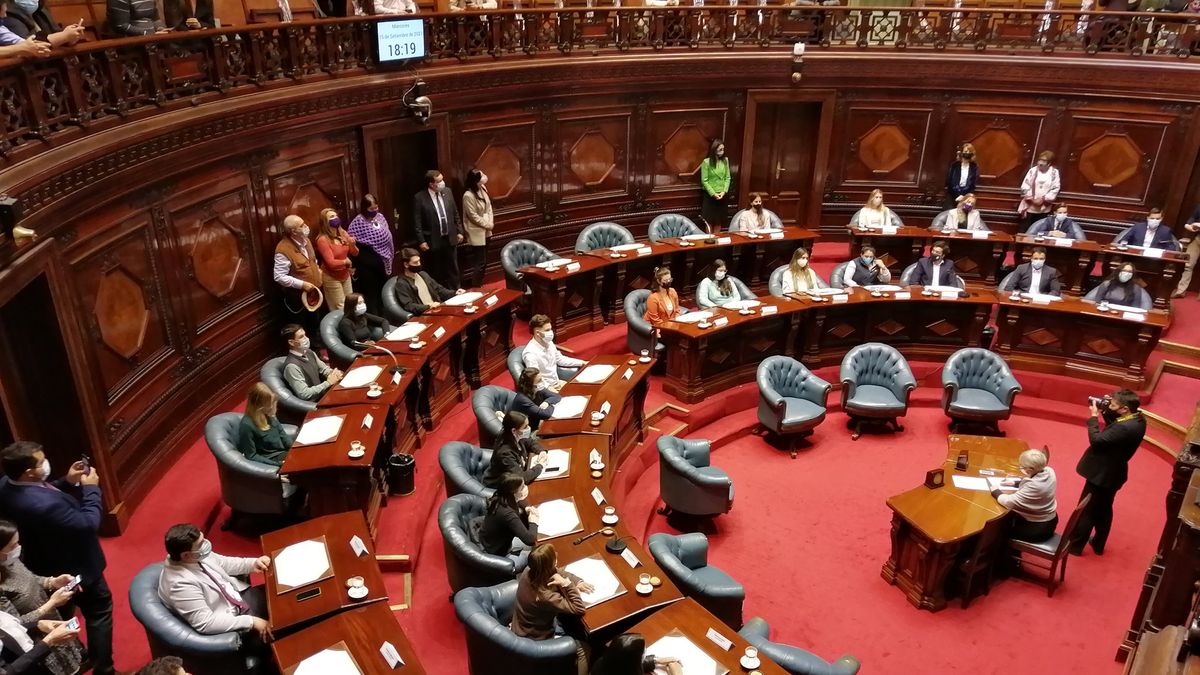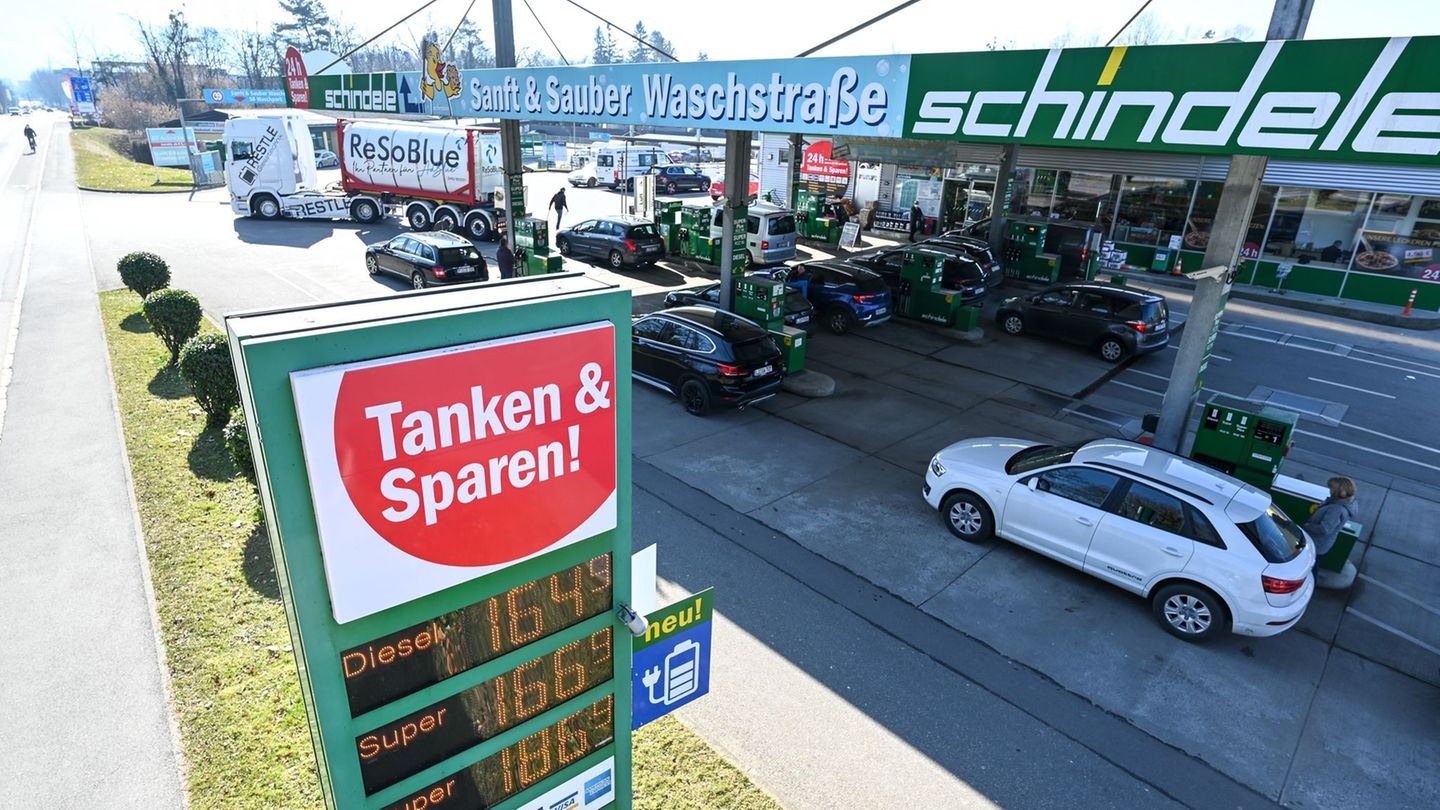Pesce had advanced weeks ago in an interview with this newspaper that they would wait for the Indec to publish the CPI for January to define a rate hike. The new reference TEA (51.9%) is slightly more than one point above the year-on-year inflation of last month (50.7%), although it is still a few points below the market projection for 2022 (55% , according to the latest BCRA survey). All in all, various analysts agreed that the current level was no longer negative in real terms and moved into a neutral zone. “It is already within the range of expected inflation”said the economist Joaquin Waldman.
Likewise, the Central decided to raise the TNA of the Leliq to 180 days (launched at the beginning of the year) by 3 points to 47% nominal annual rate (TNA), which is equivalent to a TEA of 52.6%. In addition, it created a new instrument for banks with which it will also seek to absorb liquidity but for a longer term than with the traditional Leliq: the Notaliq, which will have a variable rate equivalent to the annual effective yield of the 28-day Leliq. The objective is to encourage financial entities to extend the terms of their placements. Unlike the 180-day Leliq, which has a fixed rate, the Notaliq will raise its yield in the event that there are new rate hikes in the coming months, which will allow it to be associated with movements in the interest of fixed terms. “We want banks to move to longer-term instruments”an official source told Ambit.
As for fixed terms, the floor for 30-day deposits from individuals also rose 2.5 points to 41.5% annual nominal, which represents a TEA of 50.4%. In monthly terms, the rate will be 3.5%, which places it still below the CPI for January and the one projected for February. In any case, there is a 90-day UVA fixed term that guarantees coverage against inflation and offers a 1% plus. For the rest of the depositors in the financial system, the guaranteed minimum rate is established at 39.5% (TEA of 47.5%).
The truth is that the BCRA’s rate policy, like all economic policy, moves in a narrow gorge. He needs it to encourage savings in local currency and also to align it with the new rate of depreciation of the official exchange rate, which accelerated this year (a risk of not raising the rate was that exporters would finance themselves cheaply in pesos and delay the liquidation ). But, on the other hand, it needs not to affect the possibilities of accessing financing for production and consumption, which would impact the dynamics of the recovery. In addition, a higher rise in yields would raise the amount destined to pay interest to banks for the Leliq they have in their possession.
“We seek a balance between what is necessary and what is possible to sustain the recovery. We are very careful in that, with the differentiation between active and passive rates. We try to separate that effect, protecting economic growth”, An official source told this medium. In this sense, the BCRA defined that the rest of the rates regulated by the entity have no changes: the financing of unpaid credit card balances remains at 49%; that of loan lines for productive investment, at 30%; and that of working capital, at 41%.
In relation to the quasi-fiscal effect of this Thursday’s measure, Waldman pointed out: “If they comply with the 1% GDP of annual assistance to the Treasury, the impact of the rate hike on the stock of remunerated liabilities is small and the incentives of nominality begin to normalize”. And he stated that in case there is an inflation of 55% and a growth of 3%, the monetary base (which today is 8% of the GDP) would tend to fall to 5% of the product. Thus, the BCRA could partially disarm the Leliq or, at least, not have to reabsorb interest.
One unknown that leaves the movement of the Central is what will happen in the coming weeks with the rates paid by the Ministry of Finance in its tenders. Last week it rose to more than 52% of TEA in the Ledes (just above the new reference effective rate) by validating a rise of between 2 and 3 points that the market requested to anticipate the BCRA’s decision.
Pesce stated that Treasury yields need to be higher than his own in order to attract more financing to the treasury via debt in pesos and meet the monetary and financial goal agreed upon with the IMF. “This makes us think that in the next tenders the Treasury should continue to progressively increase the rate it pays for its LEDs, at least up to a plot of around 54%/55%”pointed out a recent report by the consulting firm Equilibra.
Source: Ambito
David William is a talented author who has made a name for himself in the world of writing. He is a professional author who writes on a wide range of topics, from general interest to opinion news. David is currently working as a writer at 24 hours worlds where he brings his unique perspective and in-depth research to his articles, making them both informative and engaging.




